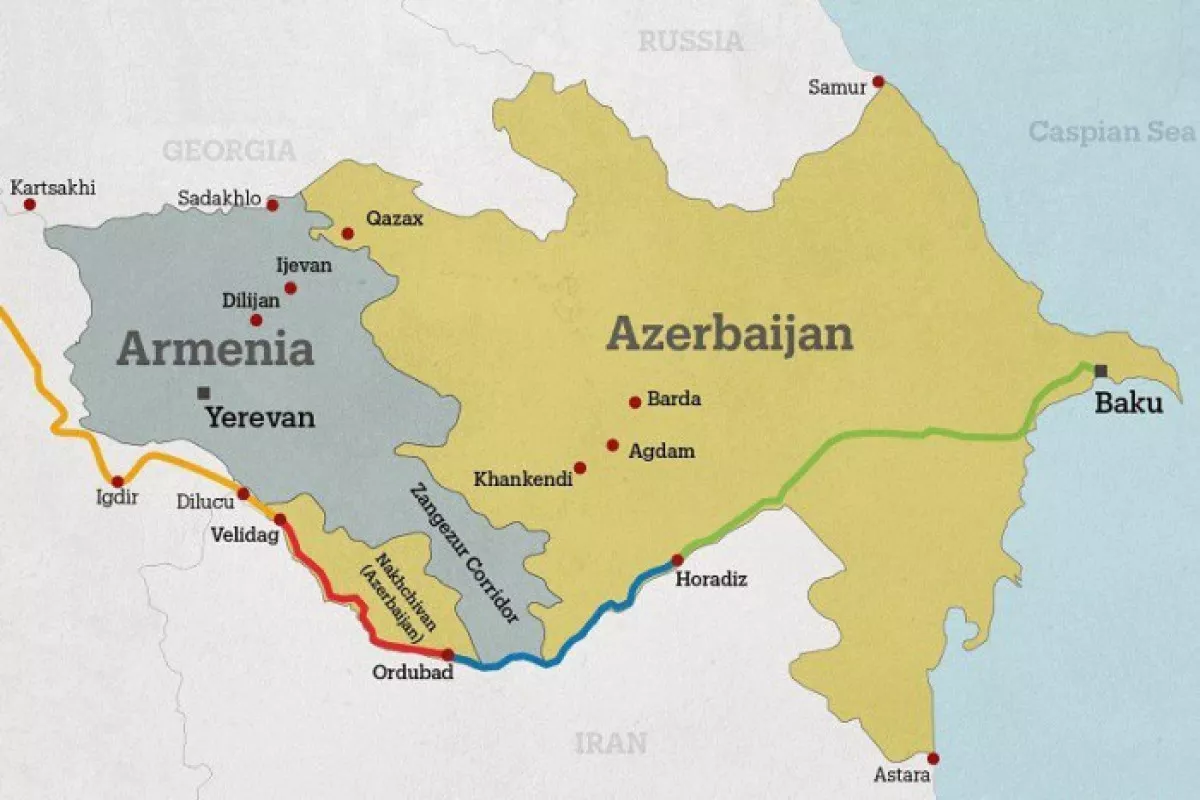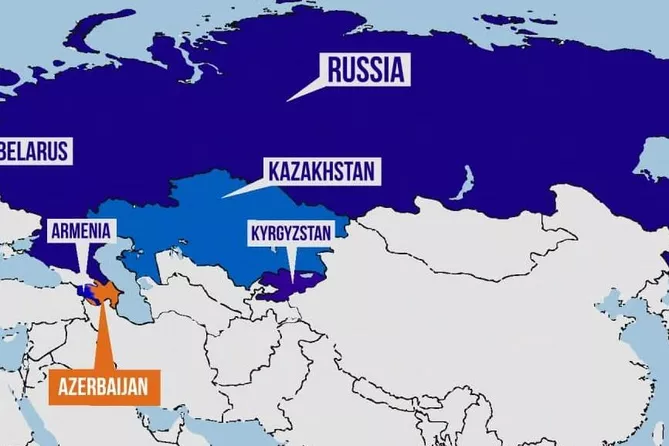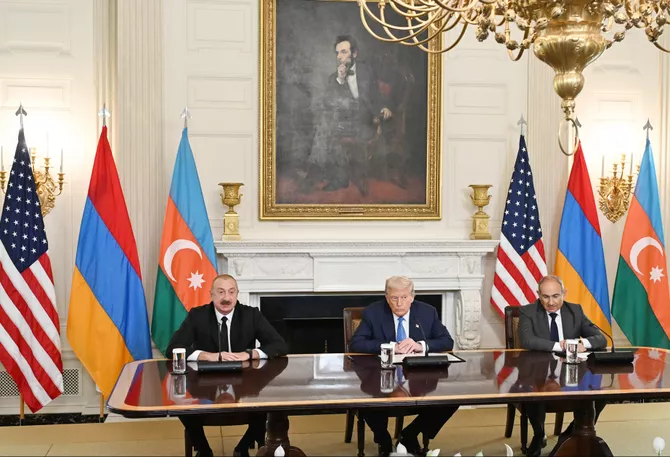
The Zangezur Corridor (“Trump Route”), which is expected to pass through the territory of Armenia, has become the subject of heated debate within the country itself.
For Yerevan, the main question lies not so much in diplomatic nuances, but in what tangible economic opportunities this new project can actually deliver.
Armenia has long remained in a state of transport and trade isolation, and its attempts to position itself as a transit link between Iran, the Persian Gulf states, and the Eurasian Economic Union (EAEU) have so far brought little practical result. A telling example is the project for the Southern Armenian Railway, which was meant to connect Iran with Russia as part of the North-South Corridor. Despite signed agreements and the appointment of a concessionaire, construction never began.

Photo: Topchubashov Center
After 2020, when the regional situation shifted, formal obstacles partially disappeared, but investors remained cautious due to the high degree of uncertainty. Only after new agreements were reached, along with EU statements about readiness to finance regional projects, did expectations emerge that such plans might be implemented. At the same time, it is clear that this support does not extend to Iran-Russia infrastructure projects; instead, east-west initiatives are seen as more promising.
In this context, Armenia gained the chance to revisit the idea of developing the Meghri Free Economic Zone (FEZ) on the border with Iran. Established back in 2017, the zone failed to attract real residents in the years that followed. Its export-only model proved vulnerable under conditions of transport isolation.
Initially, Meghri was conceived as a platform for Iranian businesses, allowing them to use Armenian territory to access EAEU and EU markets. However, a number of factors-including the transfer of Armenia’s gas networks to Gazprom and the absence of key railway infrastructure-significantly dampened investor interest. As a result, the zone never took off, and other Armenian projects of a similar type (“Meridian” and “Alliance”) also proved short-lived.
The launch of new east-west routes could change this dynamic. Experts note that FEZs without reliable transport infrastructure are effectively doomed, whereas with proper logistics, their chances of success increase substantially. For Armenia, this means that the Meghri project could be given a second life.

Photo: Azertag
At the same time, a number of limitations remain. It is unclear how well Armenia can compete with neighboring free zones, including Iran’s Araz FEZ, where conditions for investors are often more predictable. Furthermore, political instability and lingering uncertainty around regional agreements may discourage international companies.
Nevertheless, the “Trump Route” creates preconditions not only for Armenia to gain access to new transport flows, but also for the country to reconsider its economic development strategy for its southern regions. In this sense, it is not simply about building one corridor or reviving a single FEZ. For Yerevan, it is an opportunity to rethink its place within the Eurasian network and prove that the country can act not as a peripheral outpost, but as a full-fledged participant in international logistics.
The success of Meghri will depend on whether Armenia can offer investors a comprehensive package-not only tax incentives, but also genuine legal protection, a predictable regulatory environment, and stable political guarantees. Another decisive factor will be whether Yerevan can integrate the FEZ into a broader economic development strategy, one that treats logistics and transit as a foundation for attracting industry, technology, and investment in human capital.
If these conditions are not met, even the opening of new routes risks remaining merely an external factor, without generating internal development. But if Armenia succeeds in seizing the opportunities now opening up, the “Trump Route” could indeed become for the country not just a road of transit, but a road to long-term economic transformation and integration into the global system.
By Tural Heybatov
Share on social media